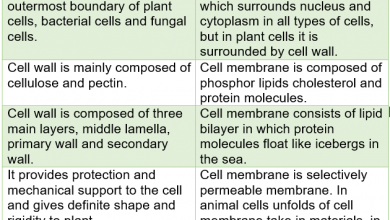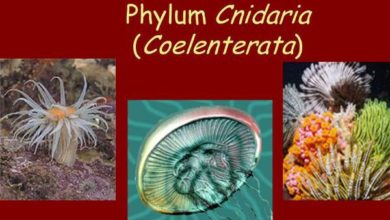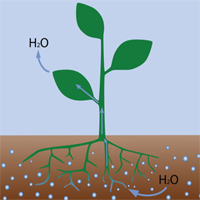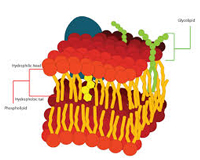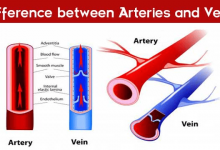Difference Between Photosynthesis and Respiration
The Major Difference between Photosynthesis and Respiration is that Photosynthesis occurs during day time, whereas respiration occurs both day and night. The leaves (and other actively metabolizing tissues) respire during the night. They utilize oxygen and release CO2.
There is low intensity of light at dawn and dusk. Thus the rate of photosynthesis and the rate of respiration become equal during that short period of time. So the amount of oxygen released from photosynthesis is equal to the amount used by cellular respiration.
Similarly, the amount of carbon dioxide released by respiration is used by the photosynthesizing cells. “So there is no net gas exchange between leaves and atmosphere at this moment. This is called compensation point.” The rate of photosynthesis increases with the increase in the intensity of light. So, more CO2 is required. This CO2 can only be supplied by respiration.
Similarly, photosynthesis produces more oxygen than the need of the respiring cells. So there is a net release of oxygen and uptake of carbon dioxide.
Photosynthesis
Photosynthesis is the photochemical process in the green plants synthesize food or sugar by using sunlight in the presence of carbon dioxide, water, and chlorophyll present in the green parts of the plants. Light energy is changed to the biochemical energy of sugar and other organic compounds and oxygen is released during this process.
Photosynthesis Procedure
In Photosynthesis Procedure, the most important of these is water, from which the plants take Hydrogen. In the water, there must be certain minerals that the plants need. These are mostly compounds of nitrogen, sulfur, phosphorus, potassium, calcium, magnesium, sodium, and iron.
The plant gets this water and minerals through its roots. One of the reasons roots become long at their tips is so that they can keep coming in contact with new parts of the soil in their search for minerals and water. Thousands of tiny root hairs project from the surface of the young roots, growing about soil particles and absorbing materials from them.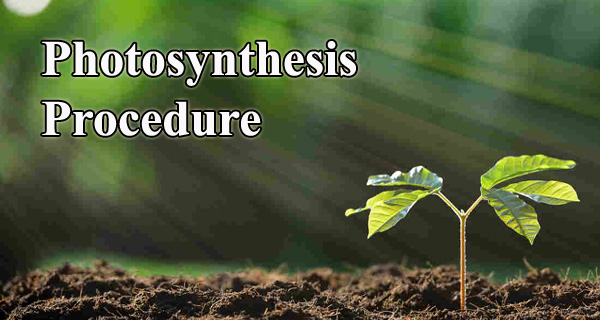
Part of the water taken in through the roots is used to make sugar. The rest is given off from the leaves. A plant wilts when water goes out of the leaves faster than it comes in through the roots.
Respiration
Respiration is the process by which living organisms or cells break down energy-rich organic compounds like glucose using oxygen to get energy for the various activities of the cells. In this process, glucose is broken down and carbon dioxide is produced.
Photorespiration and its Consequence
Respiratory activity which occurs in plants during the daytime is called photorespiration. So, photorespiration is a light-dependent process. In this process, CO2 is released and oxygen is absorbed. This oxygen is absorbed from the early reaction of photosynthesis. This oxygen is not used for the production of energy such as ATP.
The enzyme “ribulose bisphosphate carboxylase” or Oxygenase (rubisco) fixes the oxygen in this process. While in the Calvin cycle rubisco fixes CO2. So, photorespiration lowers the overall rate of carbon dioxide fixation and plant growth (Read more).
